Who Are The Best Abstract Expressionist Painters?
by David Fox
The abstract expressionism art form sprung onto the scene in the 1940s and 1950s by some influential artists. Still, this genre can be traced back to having been popular for over a century.
The art form is denoted by its colourful spontaneity, gestural strokes and marks, and the ability to evoke emotion.
The types of abstract expressionism include action painting and colour field painting.
Spontaneous brush strokes and gestures characterize action painting, and colour field painting is characterized by artists working with a large area of a single colour.
Contents
- What is Abstract Expressionism?
- Top 10 Best Abstract Expressionist Painters
- How Has Abstract Expressionism Influenced Other Forms of Art, Such as Music and Dance?
- What Are Some Criticisms That Have Been Levied Against Abstract Expressionism Over the Years?
- Why Do People Continue to Be Drawn to This Type of Painting Despite the Criticism It Sometimes Receives?
- Conclusion on Top Expressionist Artists

What is Abstract Expressionism?
Abstract expressionism is a type of painting that emerged in the mid-20th century and emphasizes on spontaneous, personal expression rather than traditional techniques or subject matter. The Abstract Expressionist movement began in the 1940s in New York City and was led by artists such as Jackson Pollock, Willem de Kooning, Mark Rothko, and Barnett Newman. These artists developed new ways of painting that were expressive and gestural, often making use of non-traditional materials such as newspaper, sand, or broken glass. Abstract expressionist paintings are characterized by their large scale, bold brushstrokes, and intense colors. They are often seen as an expressions of the artist's inner emotions and can be seen as representative of the chaotic nature of modern life.
Top 10 Best Abstract Expressionist Painters
Here are some of the best artists of the abstract expressionism art genre.
Jackson Pollock

Jackson Pollock is the poster child for the Abstract expressionist movement in the 1940s and 1950s. He was well known for his drip paintings, and they were popular because of the unmatched creativity at the time.
His process coined the action painting title, and he achieved a level of fame that was comparable to what Andy Warhol would achieve decades later.

Pollock put his canvas on the floor, pouring paint, impulsively brushing and creating his masterpieces. Pollock was a leader in the genre, and he would go on to influence future artists in their work.
"The painting has a life of its own. I try to let it come through."
Here is an interesting video documentary on Jackson Pollock.
Read our article, "The Iconic Jackson Pollock"
Joan Mitchell

Joan Mitchell was part of the new wave of abstract expressionists who took the genre and softened it, giving it a lyrical and emotional direction.
Another action painter, she used her gestures to become a massive part of the American movement, even though she mostly worked and lived in France.
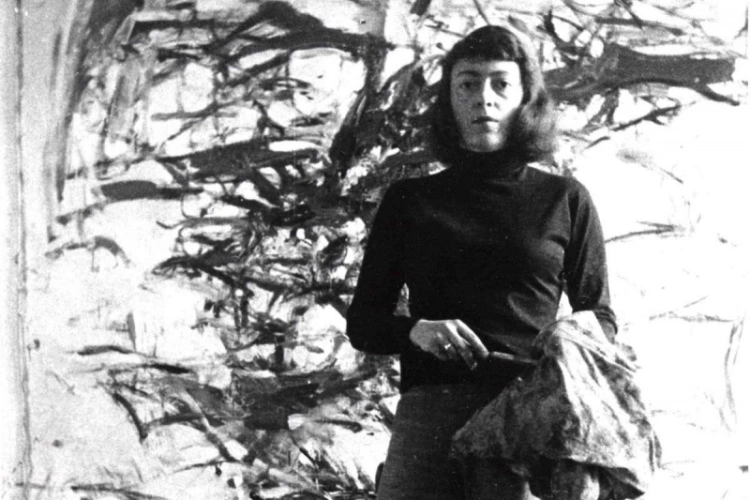
She was inspired by Claude Monet, Vincent van Gogh and Paul Cézanne. She is one of the genre and eras few female creators, and she received massive critical acclaim and public recognition.
"My paintings are titled after they are finished. I paint from remembered landscapes that I carry with me - and remembered feelings of them, which, of course, become transformed. I could certainly never mirror nature. I would more like to paint what it leaves with me."
Watch this documentary, "Lady Painter", about Joan Mitchell.
Read our feature article, "Joan Mitchell - To Define A Feeling"
Clyfford Still
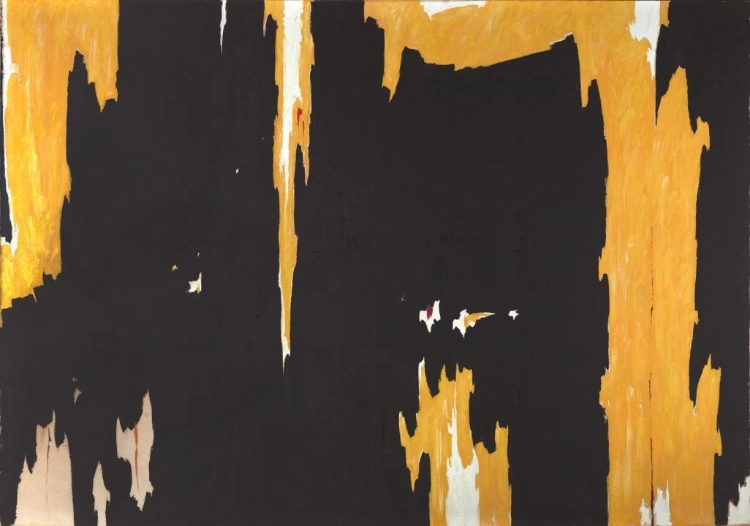
Clyfford Still was lesser known than his New York School peers, but he was a pioneer in the genre, creating a style of work that had little to no clear concept or subject matter.
He worked in the colour field painting form, and the common theme in his work is the struggle between nature and the human spirit.
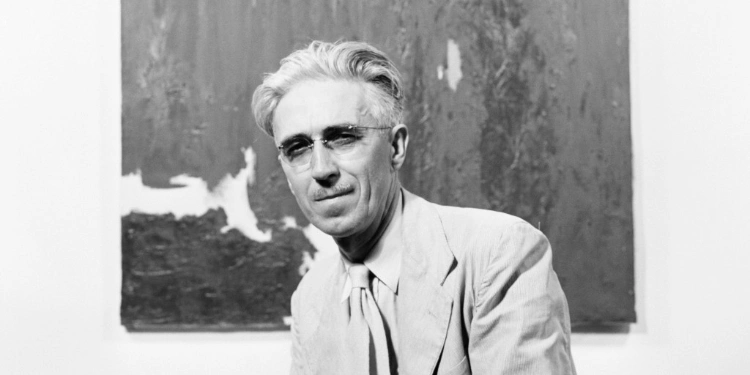
He was a bit controversial, being labelled as a complicated character to deal with in the art community, as he turned his back on the New York art scene.
"These are not paintings in the usual sense; they are life and death merging in fearful union. As for me, they kindle a fire; through them, I breathe again, hold a golden cord, find my own revelation."
Read our article, "Clifford Still - Thrusts of Joy" to learn more about the artist
Jacques Rosas

Jacques Rosas is a famous artist who works in many different genres, including abstract expressionism, pop art and street art.
He has become popular because of his work being placed in TV shows and films, so it reaches millions of viewers on a weekly basis.
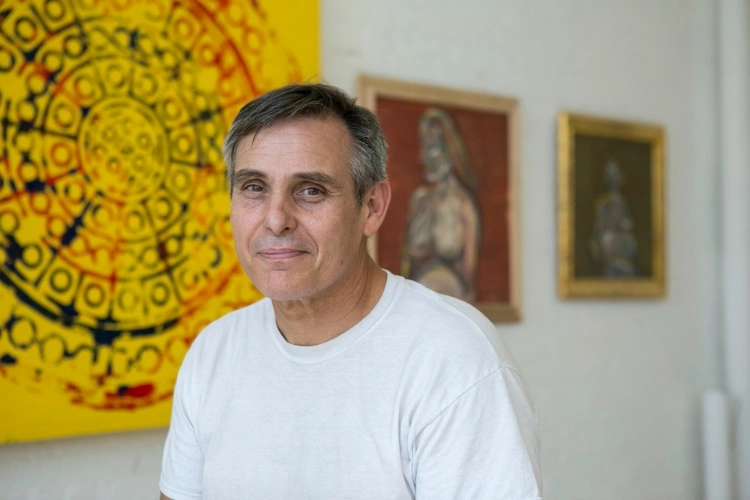
He has been commissioned by many celebrities and continues to be a force in the genre.
Helen Frankenthaler
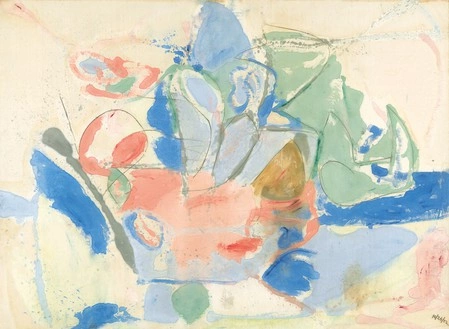
Helen Frankenthaler was a leading contributor to postwar American art. Her work has spanned and been exhibited for over six decades, and she continued to grow and adapt to an ever-changing art form.
She worked with the colour fielding technique, and she was inspired by Hans Hofmann, Greenberg, and Jackson Pollock's work.
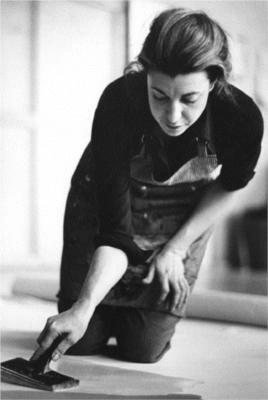
Her work has been studied and has been part of many retrospective exhibitions, and it is critically acclaimed and award-winning.
"One really beautiful wrist motion that is synchronized with your head and heart, and you have it. It looks as if it were born in a minute."
Here is a video documentary featuring Helen Frankenthaler from 1993 that you might like to watch.
Willem de Kooning

One of the most well known and esteemed abstract expressionists, Willem de Kooning adopted the abstract technique while never letting go of the human form in his work.
He admired Rembrandt, Rubens, and Ingres, but was also inspired by Picasso and Matisse.
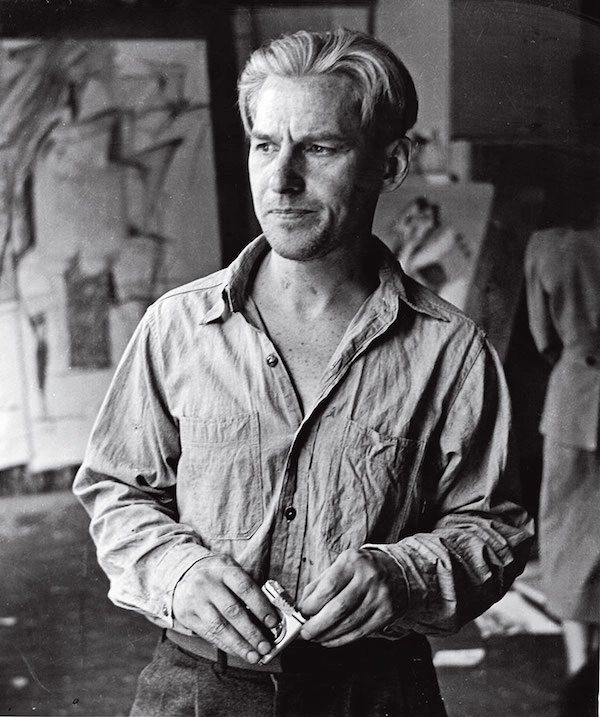
He embodied the reputation of an alcoholic, troubled painter, which ended up costing him much of his personal life and health.
"Art should not have to be a certain way. It is no use worrying about being related to something it is impossible not to be related to."
Watch this documentary called "Willem de Kooning: A Way of Living" to find out more about the artist.
Vasily Kandinsky
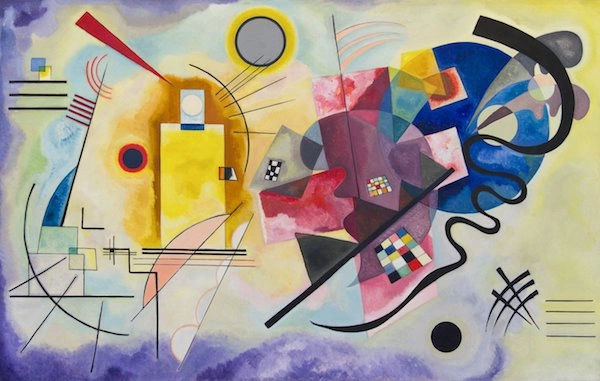
Around the early 1910s, Vasily Kandinsky was one of the first abstract expressionists. Truly abstract artwork, he stated, should be "art independent of one's observations of the external world."

He believed and taught that colour could be separated from any external references for his artwork purposes.
"Colour is a means of exerting direct influence on the soul."
Read our article, "Concerning Spiritual Art with Wassily Kandinsky"
Piet Mondrian

Piet Mondrian's name is closely connected to Modern Art. His geometric squares of bright, primary colours with thick, black borders are famously known and regarded in the community.
He started his art career heavily influenced by Seurat and Van Gogh. Still, he eventually settled into his unique style.
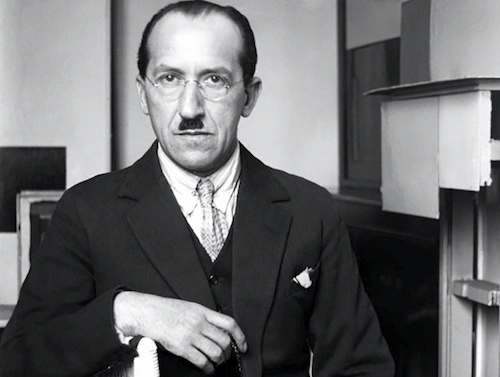
The goal of his work was to attain a spiritual connection with the divine, which forced it to become increasingly abstract.
"Abstract art is not the creation of another reality but the true vision of reality."
Here is a cool video about Piet Mondrian called "A Life in 10 Snippets". Worth a watch!
Mark Rothko
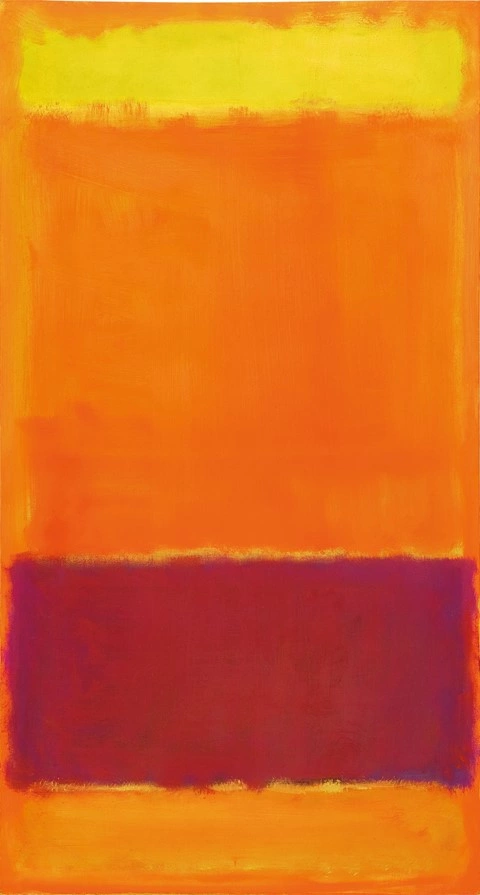
Along with Jackson Pollock and Willem de Kooning, Mark Rothko is one of the most famous abstract expressionists.
His style is much different than his peers, as he diffused paint over his canvas, versus the gestural brushstrokes that the genre mainly demonstrated.

His exemplary work consists of large blobs of paint stacked over each other and painted backdrops, with a bright contrast in colour. His goal was to evoke a range of emotions from his admirers.
"It is a widely accepted notion among painters that it does not matter what one paints as long as it is well painted. This is the essence of academic painting. However, there is no such thing as good painting about nothing."
I recommend this documentary called "The Case For Mark Rothko" to learn more about the artist.
Read my article, "Meet Mark Rothko" to find out more about the artist
Agnes Martin
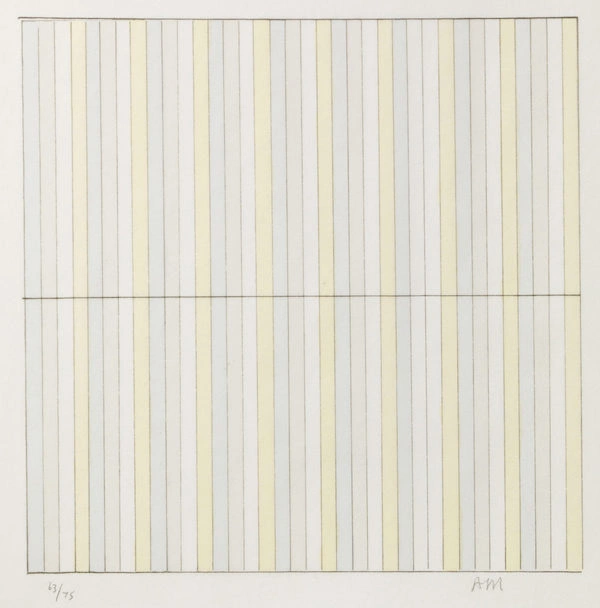
Agnes Martin was a Canadian-born artist who is considered an innovator of minimal art. However, she thought herself an abstract expressionist.
She was consistently seeking a level of perfection in her work, working with grids, bands and little colour to express her concepts.

"My paintings are not about what is seen. They are about what is known forever in the mind."
Watch this great documentary about Agnes Martin called "Beauty is in Your Mind".
How Has Abstract Expressionism Influenced Other Forms of Art, Such as Music and Dance?
One way that abstract expressionism has influenced music is through the use of improvisation. Improvisation involves spontaneously composing or performing a piece of music without any prior planning or preparation. Many jazz musicians have adopted this technique from artists like John Cage and Morton Feldman, who used it when creating their own musical compositions.
Additionally, abstract expressionism has had an impact on contemporary choreographers and dancers. The emphasis placed on spontaneity in much abstract expressionist painting was also an important factor in the development of postmodern dance. Choreographers like Merce Cunningham and Trisha Brown were influenced by painters like Jackson Pollock, and their work often features dancers moving in an unpredictable and unplanned way.
Overall, abstract expressionism has had a profound influence on many different forms of art. The movement's focus on spontaneity, improvisation, and emotion has inspired artists working in a variety of mediums to experiment with new ways of creating art.
What Are Some Criticisms That Have Been Levied Against Abstract Expressionism Over the Years?
Abstract Expressionism has often been criticized over the years, with many critics lamenting that it lacks order and beauty. Some commentators have argued that Abstract Expressionists relied too heavily on their emotions or instincts, rather than on a thoughtful approach to art-making. Others have suggested that Abstract Expressionism is overly self-indulgent and narcissistic in nature, focusing more on the artist's inner experiences instead of the viewer's experience.
Regardless of the criticism leveled against this movement, Abstract Expressionism remains one of the most influential artistic movements in history. Even though many of its practitioners have since passed away, its impact can still be seen today in contemporary art practice as well as popular culture more broadly. For example, one could argue that the Abstract Expressionist style has influenced everything from fashion design to advertising. It is safe to say that the legacy of Abstract Expressionism will continue to be felt for many years to come.
Why Do People Continue to Be Drawn to This Type of Painting Despite the Criticism It Sometimes Receives?
There is no denying that abstract art has been a source of controversy for many years. There are those who believe that it has no place in the world of fine art, while others feel strongly that it is one of the most innovative and creative forms of expression available to artists today.
Regardless of where you stand on this issue, there is no question that there will always be people drawn to this type of painting. While critics may continually try to tear down these works, they continue to inspire and fascinate viewers all over the world. So why do so many people find them so compelling?
One possible explanation is that abstract art gives us a glimpse into the artist's inner world, allowing us an insight into their thoughts and feelings that we might not otherwise have access to. In a world that is often chaotic and confusing, these paintings can provide a much-needed sense of order and calm.
Another reason why people are drawn to abstract art is that it allows us to see the world in a new way. By breaking down objects and scenes into their basic elements, we are able to view them in a completely different light. This can often lead to a greater understanding and appreciation of the subject matter.
So, even though abstract art may not be everyone's cup of tea, there is no denying that it has a certain appeal that is hard to resist. If you have never experienced it for yourself, maybe it's time to give it a try!
Conclusion on Top Expressionist Artists
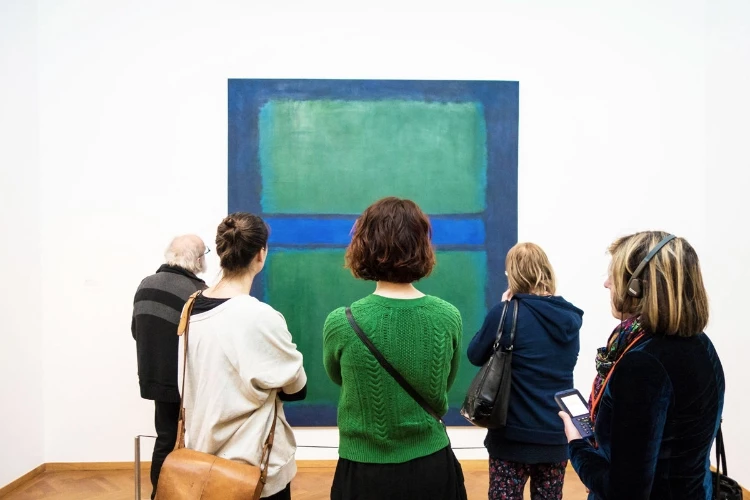
The best abstract expressionist painters are some of the most renowned and respected artists in history. They pushed boundaries, experimented with new techniques, and produced some of the most iconic pieces of art ever created. While their styles varied, all these painters shared a passion for expressing themselves through their artwork, and they continue to inspire artists today.
Sources for this article:
- Famous Abstract Expressionist Artists
- Best abstract artists of all time
- Abstract Expressionism
- Summary of Willem de Kooning
- Abstract Expressionism - The Definition
- Jacques Rosas
More Posts You Might Like from Our Site:

About David Fox
David Fox is an artist who created davidcharlesfox.com to talk about art and creativity. He loves to write, paint, and take pictures. David is also a big fan of spending time with his family and friends.
Leave a Reply
 |
 |
 |
 |
Just Art and Fun
Now get FREE Gifts. Or latest Free phones here.
Disable Ad block to reveal all the secrets. Once done, hit a button below
 |
 |
 |
 |